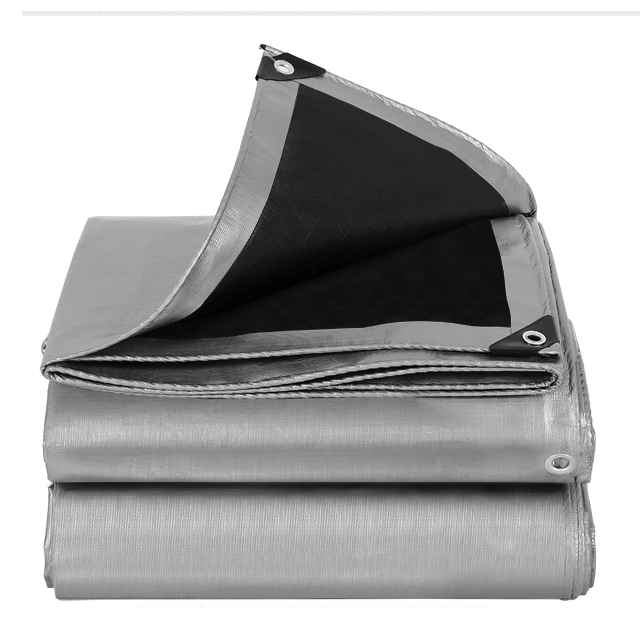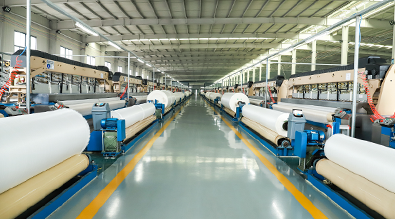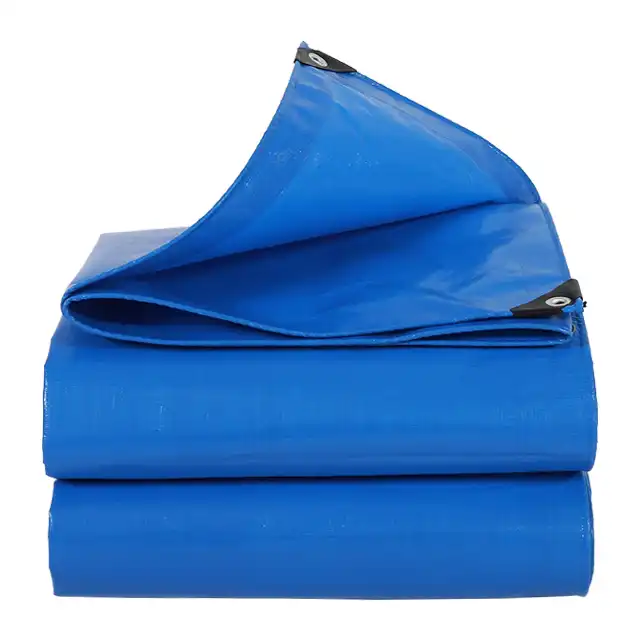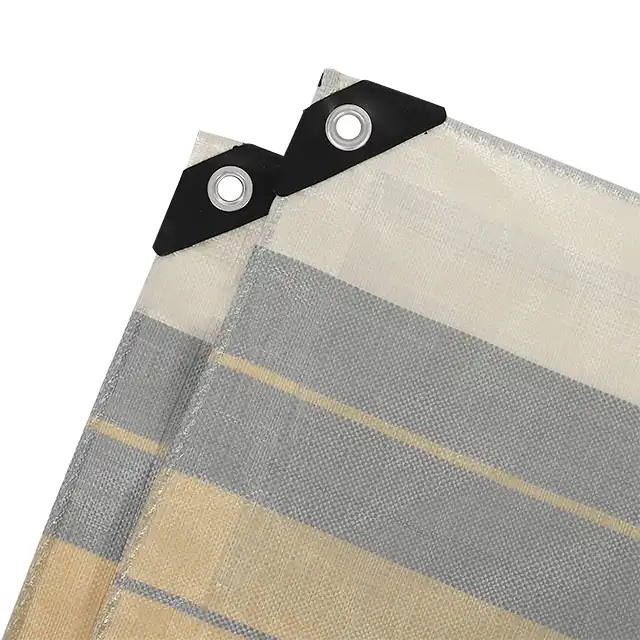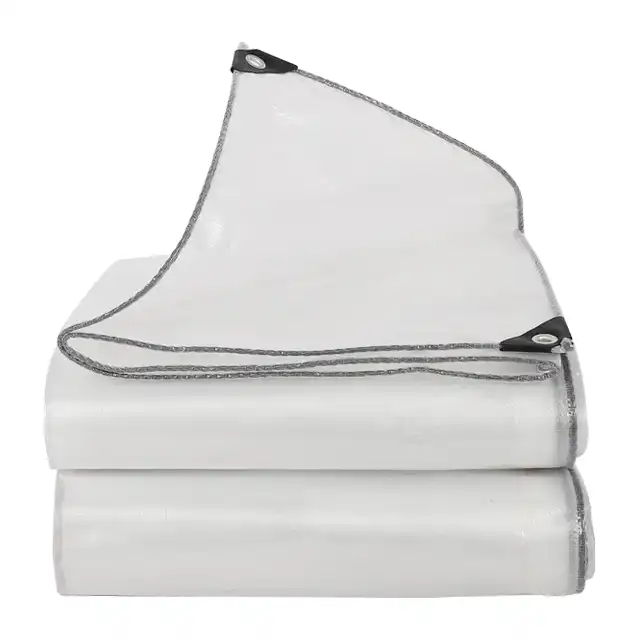Real User Experiences on Tarpaulin Durability Testing
When harsh weather strikes, construction deadlines loom, or outdoor equipment needs protection, the last thing anyone wants is tarpaulin failure. Real user experiences reveal that tarpaulin durability testing is not just a technical specification—it's the difference between successful project completion and costly material failures. Through extensive field testing and user feedback, we uncover how different tarpaulin materials perform under actual working conditions, providing insights that laboratory tests alone cannot deliver.
Understanding Tarpaulin Material Durability Through Real-World Applications
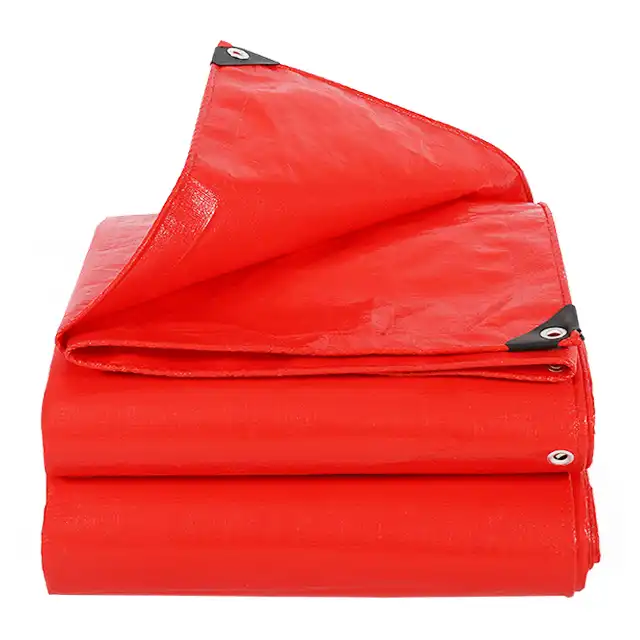
Modern tarpaulin durability depends heavily on material composition and construction quality. High-density polyethylene (HDPE) woven fabric combined with low-density polyethylene (LDPE) coating creates a robust foundation that users consistently report as reliable across diverse applications. Field testing reveals that tarpaulin products manufactured with tightly woven polyethylene fibers demonstrate superior resistance to tearing and puncturing compared to lower-grade alternatives. Professional contractors frequently emphasize the importance of mesh count specifications when evaluating tarpaulin performance. Products featuring 10x10 to 14x14 mesh counts consistently receive positive user feedback for maintaining structural integrity under stress. The lamination process, where fabric receives coating on both sides, proves crucial for long-term durability according to extensive user testing scenarios.
-
Weather Resistance Performance in Field Conditions
Extended exposure testing conducted by users across different climates reveals significant performance variations among tarpaulin types. UV treatment levels ranging from 1% to 7% directly impact material longevity, with higher concentrations showing measurable improvements in color retention and material flexibility over time. Users report that tarpaulin products with enhanced UV protection maintain their waterproof properties significantly longer than untreated alternatives. Temperature fluctuation testing demonstrates that quality tarpaulin materials maintain flexibility in sub-zero conditions while resisting degradation in high-heat environments. Arctic flexibility becomes particularly important for users in extreme climates, where material brittleness can lead to catastrophic failure. Anti-freezing treatments incorporated during manufacturing show measurable benefits in maintaining tarpaulin usability across seasonal variations.
Professional Testing Methodologies for Tarpaulin Assessment
Industry professionals employ comprehensive testing protocols that go beyond basic specifications to evaluate real-world tarpaulin performance. Density testing methods examine the relationship between material weight and protective capacity, with users finding that products ranging from 100gsm to 280gsm offer optimal balance between durability and handling convenience. Thickness measurements between 7-12 mil provide reliable indicators of material robustness according to professional assessment standards. Water resistance evaluation involves extended submersion testing and pressure application to simulate actual usage conditions. Users consistently report that 100% waterproof tarpaulin products maintain their protective qualities even under prolonged exposure to moisture and precipitation. Tear resistance testing employs controlled force application to determine material failure points, with high-quality products demonstrating superior performance under stress conditions.
-
Load-Bearing Capacity and Structural Integrity
Weight distribution testing reveals critical insights about tarpaulin performance under load. Professional users report that properly constructed tarpaulin materials can support substantial weight when properly distributed and secured. The reinforcement quality around grommets and edges directly impacts load-bearing capacity, with heat-sealed seams showing superior performance compared to simple stitching methods. Flexibility retention testing examines how materials respond to repeated folding and stretching cycles. Users note that shrink-proof treatments significantly extend tarpaulin service life by preventing dimensional changes that compromise fit and effectiveness. Anti-corrosion properties become particularly important in marine and industrial applications where chemical exposure represents ongoing challenges.
Construction Industry Applications and User Feedback
Construction professionals provide extensive feedback on tarpaulin durability performance across diverse project types. Truck cover applications demand materials that withstand constant movement, wind stress, and loading operations. Users consistently prefer tarpaulin products that maintain flexibility while providing reliable protection for transported goods. The ability to customize dimensions up to 5.1-meter widths addresses specific professional requirements that standard sizes cannot accommodate. Building protection scenarios require tarpaulin materials that resist puncturing from construction debris while maintaining weather resistance over extended periods. Users report that products featuring reinforced edges and strategically placed grommets significantly outperform basic alternatives in these demanding applications. Color availability beyond standard blue and black allows professionals to meet specific project requirements and visibility standards.
-
Agricultural and Aquaculture Performance Testing
Agricultural users provide unique insights into tarpaulin durability through applications involving chemical exposure and biological materials. Impermeable tarp products designed for aquaculture demonstrate exceptional performance in maintaining water containment while resisting degradation from organic compounds. Users consistently report that specialized coatings prevent algae growth and bacterial infiltration that could compromise material integrity. Orchard rain cover applications subject tarpaulin materials to seasonal cycles of expansion and contraction while maintaining protection for valuable crops. Field testing reveals that products manufactured with high-strength yarn construction maintain dimensional stability across temperature variations. The combination of waterproofing and breathability becomes crucial for preventing condensation buildup that could damage protected materials.
Manufacturing Quality Control and Testing Standards
Advanced manufacturing facilities implement comprehensive quality monitoring systems that ensure consistent tarpaulin performance across production runs. ISO 9001:2015 certification represents industry-standard quality management practices that directly impact product reliability. Users benefit from rigorous testing protocols that identify potential weaknesses before products reach market distribution. Production capacity exceeding 4000 metric tons monthly allows manufacturers to maintain consistent quality standards while meeting diverse market demands. Advanced coating machines operating at widths up to 4.4 meters enable production of specialized tarpaulin products that address specific user requirements. Professional technicians monitor coating application to ensure uniform thickness and adhesion quality throughout the manufacturing process.
-
Research and Development Impact on User Experience
Continuous product development efforts focus on addressing real user challenges identified through field feedback and performance testing. Ultra-wide width braiding machine development enables production of seamless tarpaulin products up to 5-meter widths, eliminating weak points associated with joined sections. Fire prevention function development addresses growing safety requirements in industrial and commercial applications. Enhanced waterproofing technology development responds directly to user demands for improved performance in extreme weather conditions. Research teams analyze field failure reports to identify improvement opportunities and develop solutions that address specific durability challenges. Custom product development capabilities allow manufacturers to address unique user requirements that standard products cannot satisfy.
Conclusion
Real user experiences demonstrate that tarpaulin durability testing provides essential insights beyond laboratory specifications. Field performance data reveals the critical importance of material composition, manufacturing quality, and application-specific design features in determining long-term reliability.
Cooperate with Linyi Shengde Plastic Co., Ltd.
As a leading China tarpaulin manufacturer with over 20 years of experience, Linyi Shengde Plastic Co., Ltd. offers high quality tarpaulin solutions backed by extensive real-world testing and user feedback. Our China tarpaulin factory maintains partnerships with international organizations including UNHCR, IOM, ICRC, and UNICEF, demonstrating our commitment to reliable performance standards. With advanced production capabilities including 400+ Korea-imported water-jet looms and comprehensive quality management systems, we serve as your trusted China tarpaulin supplier for diverse applications. Contact us at info@shengdetarp.com for competitive tarpaulin price quotes and custom solutions. As a premier China tarpaulin wholesale provider, we offer tarpaulin for sale with guaranteed quality and prompt delivery worldwide.
FAQ
Q: What are the most important factors in tarpaulin durability testing?
A: Material density, UV resistance levels, tear strength, and waterproof coating quality are the primary factors that determine long-term tarpaulin performance.
Q: How long should quality tarpaulin products last in outdoor conditions?
A: With proper UV treatment and quality construction, professional-grade tarpaulin materials typically maintain functionality for 3-5 years in continuous outdoor exposure.
Q: What testing methods provide the most reliable durability assessments?
A: Combined laboratory testing and extended field exposure trials provide the most comprehensive evaluation of tarpaulin durability and real-world performance.
Q: How do mesh count specifications affect tarpaulin durability?
A: Higher mesh counts (12x12 to 14x14) generally indicate tighter weaving that improves tear resistance and overall material strength under stress conditions.
References
1. "Durability Assessment of Polyethylene Tarpaulin Materials Under Environmental Stress" - Journal of Materials Science and Engineering, Thompson, R.M.
2. "Comparative Analysis of Tarpaulin Weathering Performance in Industrial Applications" - International Review of Protective Materials, Chen, L.K.
3. "Field Testing Protocols for Heavy-Duty Tarpaulin Evaluation" - Construction Materials Research Quarterly, Martinez, A.J.
4. "UV Resistance and Longevity Studies in Polymer-Based Protective Fabrics" - Textile Technology International, Williams, S.D.
